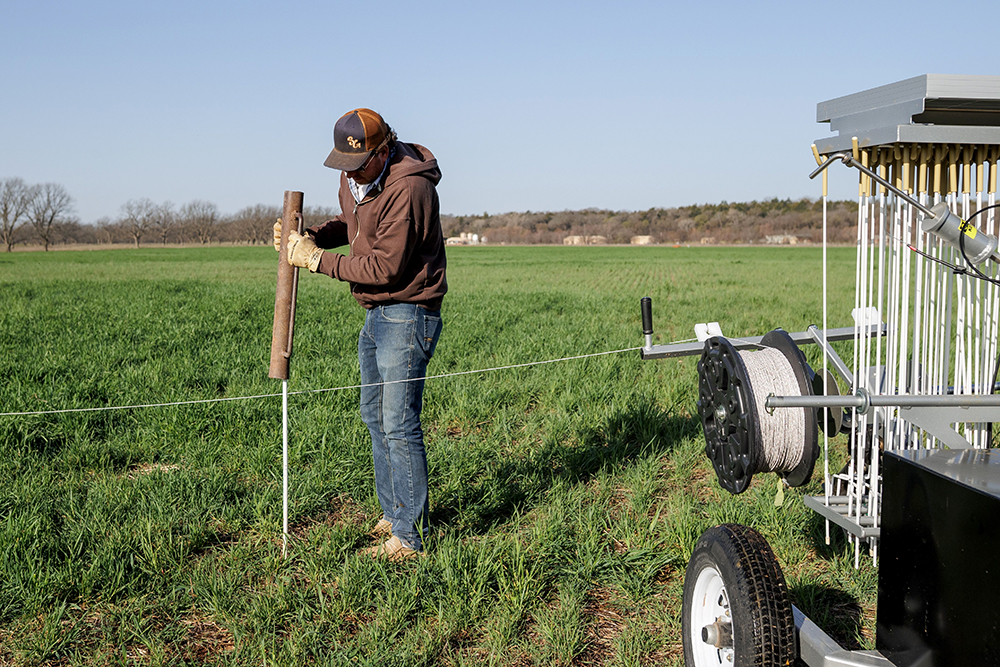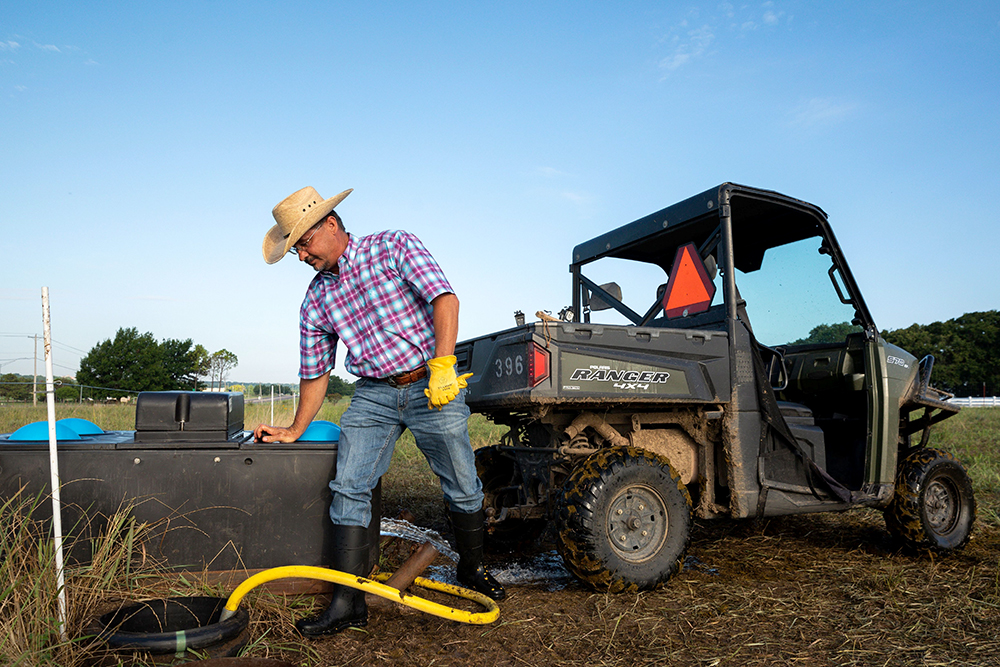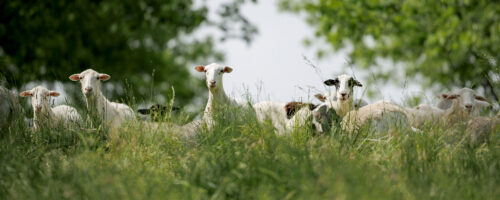Rising feed and fertilizer costs are squeezing ranch margins from all sides. But tightening your belt doesn’t have to mean reinventing everything you do or abandoning the ranching principles that have worked for generations. Small, strategic shifts that fit within traditional systems can improve forage production, lower input reliance and keep more money in your pocket without risking the whole operation.
Here are three low-risk, “toe-in-the-water” practices that ranchers are using to stretch grazing days, cut costs and stay competitive — without losing the heritage they’re proud of.

1. Adjust grazing rest periods to hold more water in the soil
One of the simplest, lowest-cost changes you can make is recalibrating grazing rest periods — especially during active growing seasons. When pastures are grazed too frequently, root systems shrink, soil dries out faster and forage regrowth slows. By extending rest just a bit, you allow plants to deepen their roots, improve water infiltration and boost forage recovery.
How to do it:
- Start by identifying one or two pastures that typically show slower regrowth
- Extend rest periods by just a few days longer than normal — for example, moving from a 25-day rest to a 30- or 35-day rest
- Monitor regrowth height and recovery rate before bringing cattle back
- Adjust timing as needed to match your forage growth curve
Real-world example:
A conventional cow-calf rancher in central Oklahoma extended rest periods on just one rotation during early summer. By giving the grass five extra recovery days, he noticed taller stand height and better ground cover, allowing him to delay feeding hay by two weeks in late summer. Those extra grazing days reduced feed costs without changing stocking rate or pasture structure — just timing.
Why it works:
Longer roots = better water-holding capacity. Better water-holding capacity = more forage during dry spells. More forage = fewer feed and fertilizer bills.

2. Try cover crops or small forage diversity trials on marginal acres
You don’t have to convert your whole operation or plant every acre in a complex mix to see benefits. Testing a small forage diversity strip or a simple cover crop on marginal or underperforming areas can increase forage availability, improve soil structure and reduce your reliance on purchased feed.
Think of it as a trial, not a commitment.
Easy entry points:
- Overseed rye in a low-producing area of warm season grass
- Plant a cover crop mixture after a wheat crop
- Convert one corner or problem spot into a test plot to compare costs and regrowth
Cost-sharing help is available:
Programs like NRCS EQIP, state soil health initiatives and local conservation districts often provide cost-share or seed discounts for trying cover crops or forage tests.
What you gain:
- Extra grazing days in early spring or late fall
- Reduced reliance on purchased feed
- Data you can use to decide whether scaling up makes sense
You’re not abandoning tradition — you’re giving underperforming ground a chance to pull its weight.

3. Improve water distribution with a simple cross-fence or tank placement change
Sometimes, cattle are overgrazing certain areas not because the grass is better but because the water is closer. Poor water distribution can lead to uneven forage use, wasted acres and the need for supplemental hay sooner than necessary.
A simple cross-fence or relocating a water tank can spread grazing pressure more evenly and increase forage utilization by 10-20% without increasing acres or inputs.
Low-cost water distribution tweaks:
- Add a temporary polywire cross-fence to rest heavy-use areas
- Move or add a portable stock tank to encourage cattle into lightly grazed sections
- Even shifting an existing tank 200 feet can make a difference in pasture use
Benefits:
- Extends grazing days without changing herd size
- Reduces stress on overused areas, improving regrowth
- Makes every acre work harder
A rancher in Texas installed one temporary cross-fence with step-in posts and moved a portable water tank to the back of the pasture. The shift encouraged cattle to graze previously ignored sections, stretching grazing by an additional 12 days before supplemental feed was needed. Minimal cost. Measurable payoff.
Better is possible – one small step at a time
You don’t have to gamble the ranch to improve profitability. Small, low-risk adjustments in grazing rest, forage diversity and water distribution can add up to significant savings while staying true to your ranching roots.
Try just one practice on a limited scale. Track what changes — forage growth, grazing days, hay use, input bills. If it works, expand. If not, no harm done.
Tradition doesn’t have to mean standing still. It can mean getting smarter with what you already have and proving that better is possible without breaking from who you are.



Comment